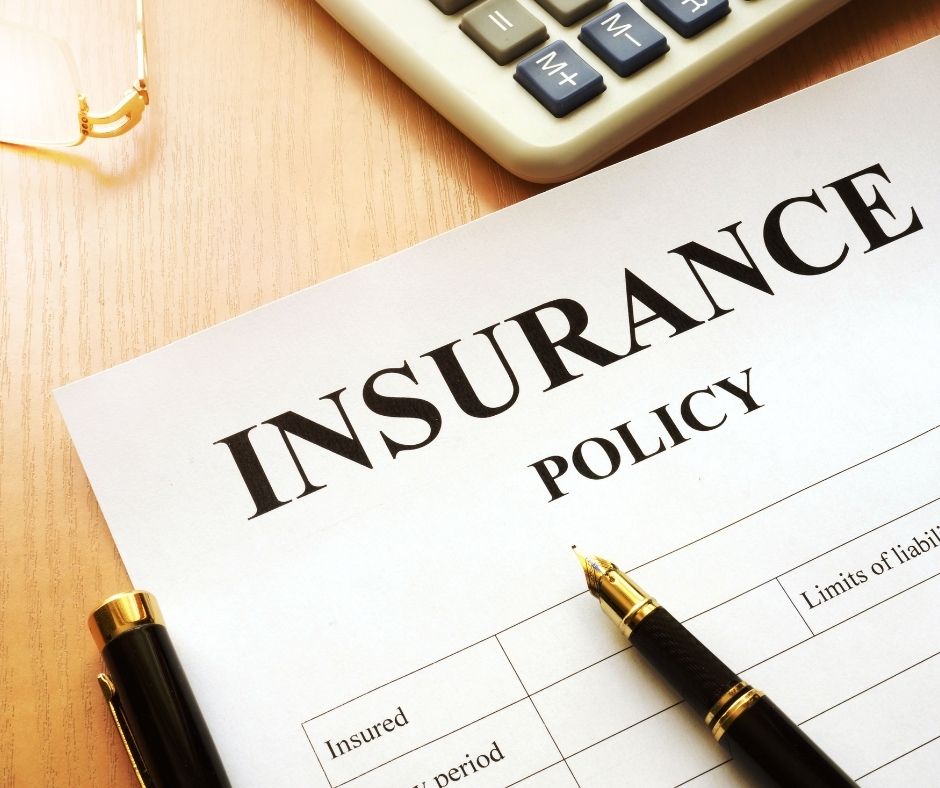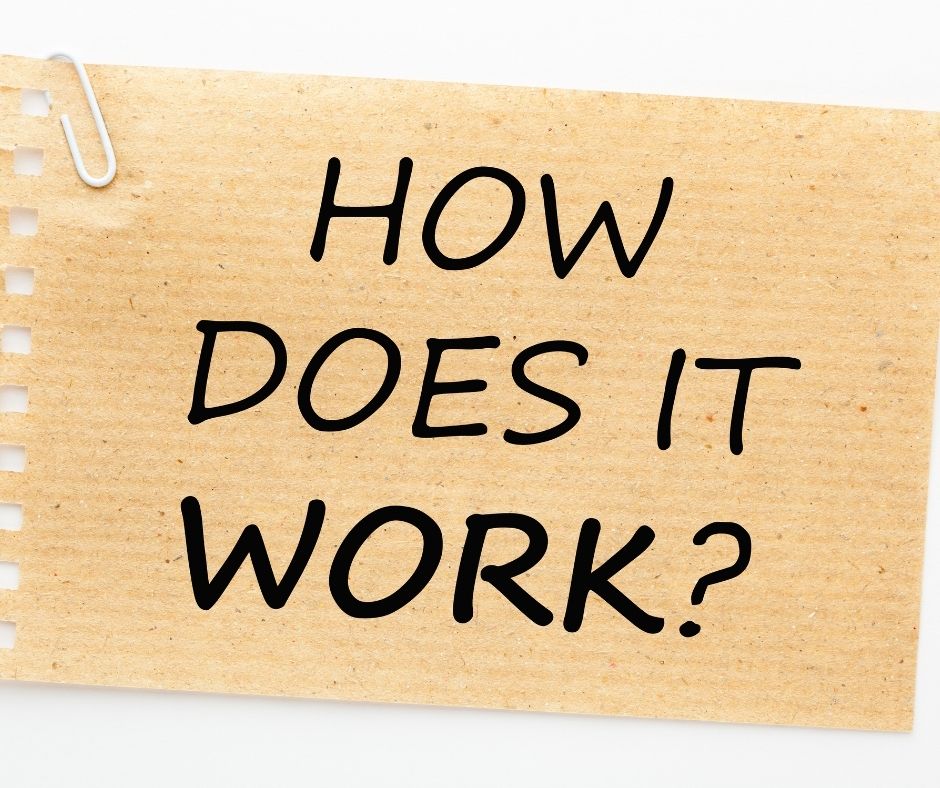embalming cost
average price of a funeral

Many cemeteries require burial vaults or grave boxes made of concrete to ensure that the ground will not swell on the burial casket. A vault is strengthened to shield the remains of the deceased from groundwater and insects. When calculating funeral costs, it is possible to include costs for a grave box.
From the 80s onwards, the traditional funeral costs have been increasing steadily. Those who don't plan their funeral expenses may spend more than they intended to pay.
The cost of $15,000 to $8,000 is intimidating but crippling for some. People with low incomes have difficulty finding a funeral service typical for loved ones since honouring loved ones and ensuring that costs are kept low is a difficult way to bridge the gap. There are affordable funeral options to choose from.



